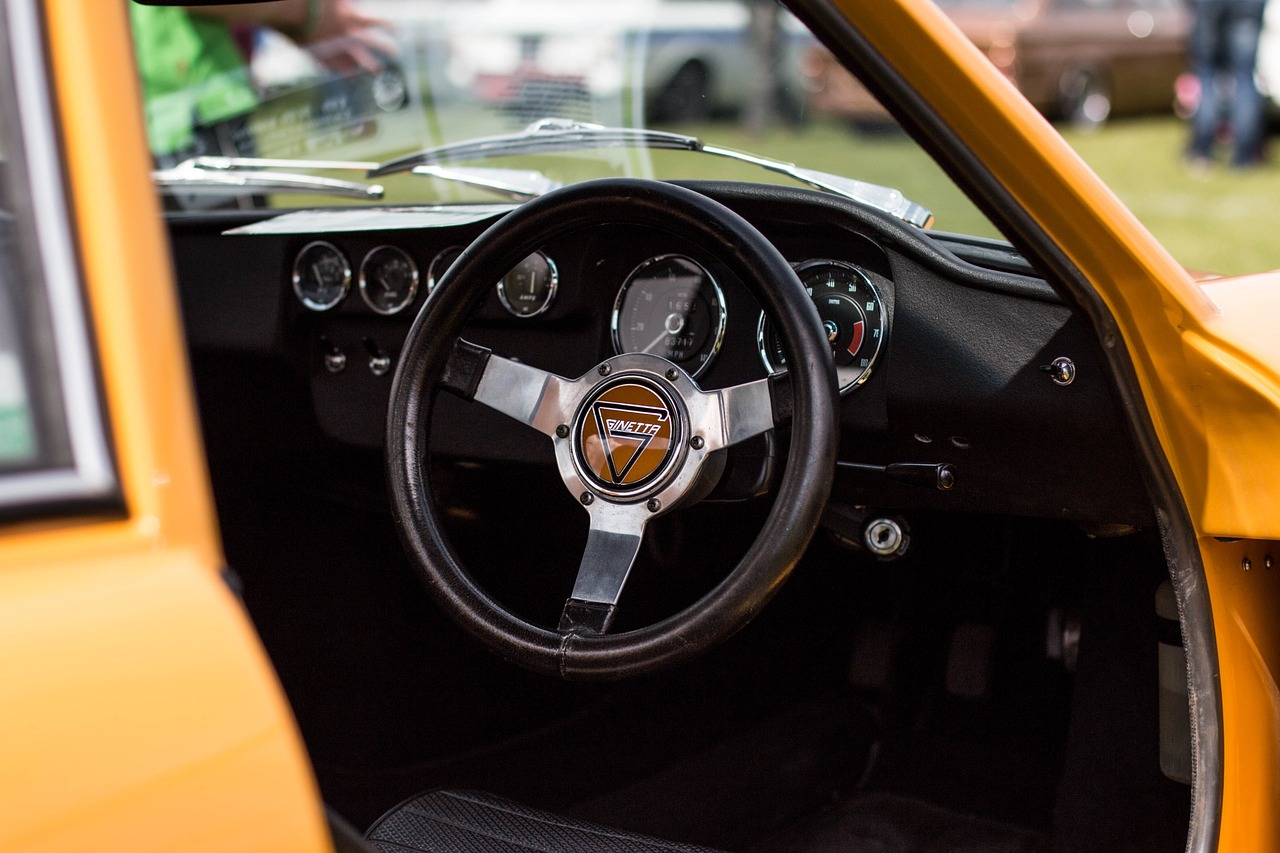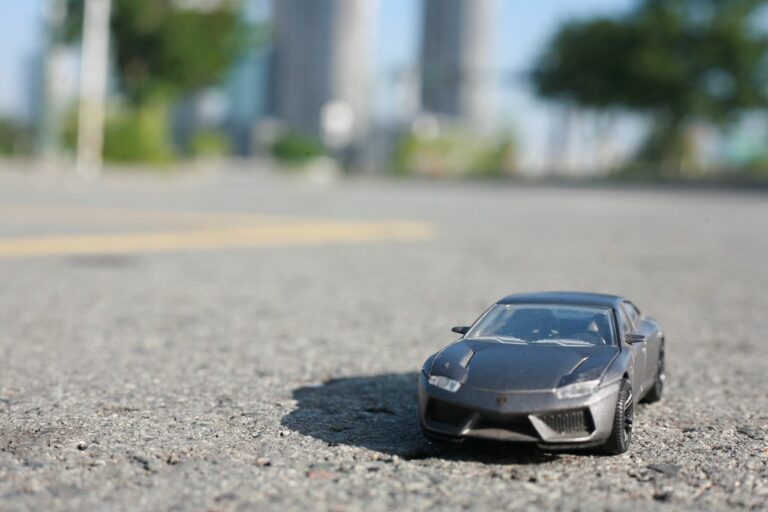The Psychology of Car Bumper Designs: Crash Safety and Visual Impact
Car bumper designs play a crucial role in enhancing crash safety in vehicles. The primary function of a car bumper is to absorb impact energy in the event of a collision, thereby protecting the vehicle’s occupants and reducing damage to the vehicle itself. Bumpers are strategically positioned at the front and rear of the vehicle to minimize the force of impact during a crash.
The design of car bumpers has evolved over the years to incorporate materials and structures that can effectively absorb and distribute energy upon impact. Modern bumper designs often feature a combination of high-strength steel, aluminum, and impact-absorbing polymers to improve crash safety performance. By carefully considering factors such as material selection, impact absorption capabilities, and structural integrity, automakers can significantly enhance the overall safety of their vehicles.
The Role of Material Selection in Car Bumper Design
When it comes to the design of car bumpers, material selection plays a crucial role in ensuring the overall safety and performance of the vehicle in the event of a crash. Different materials offer varying levels of impact resistance, durability, and weight, all of which are key factors that need to be carefully considered during the design process. The choice of materials for car bumpers can significantly impact how well they absorb and distribute energy during a collision, ultimately affecting the level of protection they provide to both the vehicle and its occupants.
Furthermore, the selection of materials for car bumpers is also influenced by factors such as cost, ease of manufacturing, and environmental considerations. Some commonly used materials in bumper design include steel, aluminum, plastic, and composites, each with its own set of advantages and limitations. Manufacturers must strike a balance between these factors to create bumpers that meet safety standards, are cost-effective to produce, and are environmentally sustainable. By carefully evaluating and selecting the right materials for bumper design, automakers can enhance the overall crash safety performance of their vehicles while also meeting the demands of consumers and regulatory requirements.
Why is material selection important in car bumper design?
Material selection plays a crucial role in determining the bumper’s strength, durability, and ability to absorb impact energy in the event of a crash.
How do different materials impact crash safety in car bumpers?
The choice of material can significantly affect the bumper’s performance in a crash. For example, some materials may provide better energy absorption, while others may offer more rigid protection.
What are some commonly used materials in car bumper design?
Common materials used in car bumper design include steel, aluminum, plastic, and composite materials. Each material has its own set of benefits and drawbacks.
How does the design of a car bumper influence crash safety?
The design of a car bumper, including its shape, thickness, and structure, can impact how well it absorbs impact energy and protects the vehicle and its occupants during a crash.
Can material selection affect the cost of car bumper production?
Yes, the choice of material can impact the cost of manufacturing car bumpers. Some materials may be more expensive or require specialized production processes, which can affect the overall cost of the bumper.





